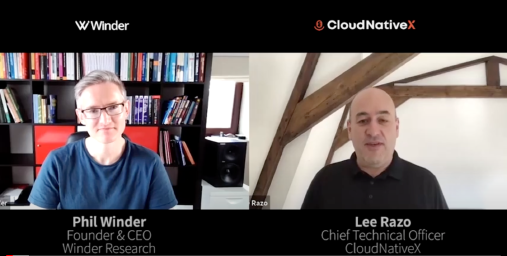CloudNativeX Interview: Reinforcement Learning
- Published
- Author

Join Lee Razo and Phil Winder for this comprehensive introduction to Reinforcement Learning, an area of machine learning in which problems are tackled with intelligent agents which take actions to maximize a specified reward.
Phil (quite literally) wrote the book on this topic and he takes us through the fundamentals of RL, some common use cases as well as tips on how even a small or mid-sized company can get started with and benefit from RL.
Read more





